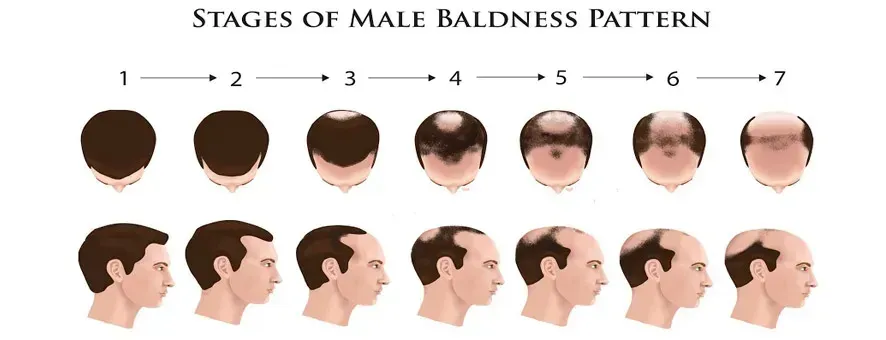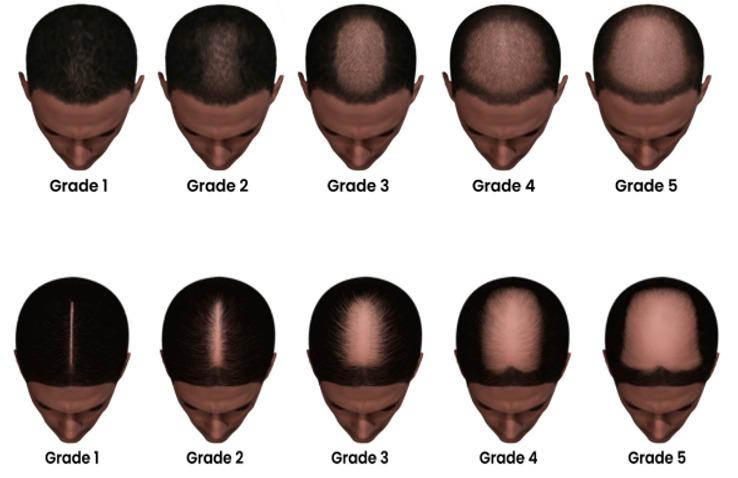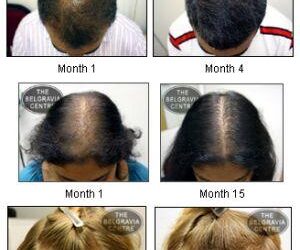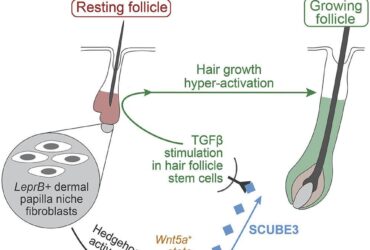
How to Combat Male Pattern Baldness After 40
Male pattern baldness is a common issue faced by men as they age, especially after 40. This condition, scientifically known as androgenetic alopecia, affects the majority of men to some degree. While it’s a natural part of aging, many men seek ways to combat hair loss and restore their confidence. In this article, we will explore effective strategies, treatments, and lifestyle changes to help you combat male pattern baldness after 40.
Understanding Male Pattern Baldness
Male pattern baldness is largely hereditary and is influenced by hormones, particularly dihydrotestosterone (DHT). This hormone can shrink hair follicles and shorten the hair growth cycle. Understanding the underlying causes can help in choosing the right approach to address the issue.
Effective Treatments for Male Pattern Baldness
1. Medications
Several FDA-approved medications are effective in treating male pattern baldness:
- Minoxidil: An over-the-counter topical solution that promotes hair growth in many users.
- Finasteride: A prescription pill that reduces DHT levels in the body.
2. Hair Transplant Surgery
For those looking for permanent solutions, hair transplant surgery may be an option. This procedure involves moving hair follicles from a donor area to areas experiencing thinning or baldness. Results can vary based on individual factors but can be highly effective.
3. Low-Level Laser Therapy (LLLT)
LLLT is a non-invasive treatment that uses lasers to stimulate hair follicles. Several at-home devices, such as laser combs, are available, providing a convenient option for ongoing treatment.
Benefits of Early Intervention
Combatting male pattern baldness after 40 is most effective when initiated early. Here are some key benefits of proactive treatment:
- Increased self-esteem: Many men find that retaining their hair helps them maintain a youthful appearance.
- Better treatment outcomes: Early diagnosis can enhance responses to medications and therapies.
- Cost-effective solutions: Addressing hair loss sooner can be more financially viable than extensive treatments later.
Practical Tips to Maintain Hair Health
In addition to medical treatments, adopting a healthy lifestyle can greatly impact hair health. Here are some strategies to consider:
1. Nutrition
A well-balanced diet rich in vitamins and minerals supports hair health:
- Protein: Essential for hair growth, include lean meats, fish, legumes, and nuts.
- Iron and Zinc: These minerals are crucial for hair strength; incorporate spinach, lentils, and shellfish.
- Vitamins: Vitamins A, C, D, and E, along with Biotin, can enhance hair growth.
2. Scalp Care
Taking care of your scalp is vital:
- Massage your scalp regularly to promote blood circulation.
- Use gentle, sulfate-free shampoos to avoid stripping natural oils.
3. Reduce Stress
Stress is a significant contributor to hair loss. Techniques such as yoga, meditation, and regular exercise can mitigate stress levels and benefit overall health.
Case Studies: Success Stories
| Individual | Age | Treatment | Results |
|---|---|---|---|
| John Doe | 42 | Minoxidil and Finasteride | Significant hair regrowth in 6 months |
| Mark Smith | 45 | Hair Transplant | Natural-looking results after 1 year |
| Paul Wright | 50 | LLLT therapy | Improved hair thickness over 3 months |
First-Hand Experience
Many men have shared their experiences battling male pattern baldness. For instance, one 48-year-old described how starting a regimen of minoxidil and focusing on scalp care returned his confidence. Making dietary changes and reducing stress also played crucial roles in his journey. These stories highlight the importance of a multifaceted approach to hair loss.
Conclusion
Combating male pattern baldness after 40 is possible with the right combination of treatments, lifestyle changes, and persistence. Whether you choose medication, surgical options, or natural remedies, it’s important to start early and adopt a comprehensive strategy for the best results. Remember, maintaining a healthy scalp and a nutritious diet can complement any treatment plan, leading to improved outcomes and boosted self-esteem. Don’t let hair loss deter your confidence—take charge of your hair health today!










